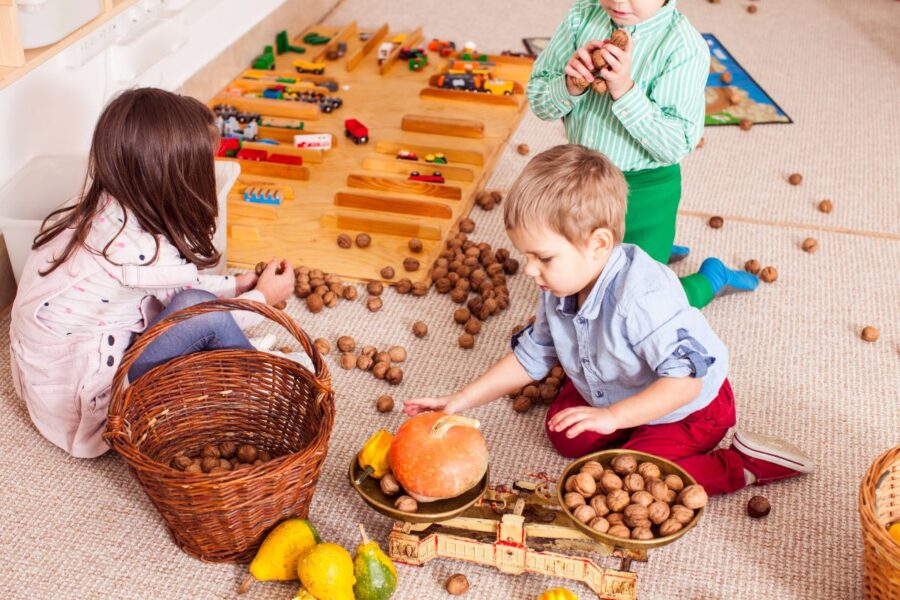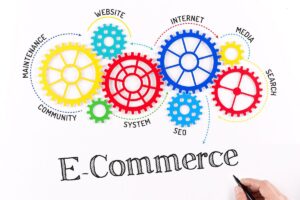Understanding the journey of the developing person through childhood and adolescence 3 the new genetics by Kathleen Stassen is crucial for fostering healthy, well-rounded individuals. Kathleen Stassen Berger, a renowned author and educator, has made significant contributions to the field of education and psychology ii the first two hundred. Her book, “The Developing Person Through Childhood and Adolescence,” is known for its clear and engaging writing style, making complex concepts accessible and interesting.
This development is marked by significant physical, cognitive, and psychosocial changes the first two years, which are influenced by various factors, including travel, wellness, and overall health. In this post, we will explore how travel can enhance the wellness and health of children and adolescents during two years cognitive development, drawing insights from Kathleen Stassen Berger’s authoritative text, “The Developing Person Through Childhood and Adolescence,” and other core theories and research in the field.
The Beginnings: Prenatal Development and Birth
Prenatal Development
Prenatal development is the foundation of the developing person. This stage is crucial as it sets the stage for all future growth and development. The three main stages of prenatal development are germinal, embryonic, and fetal. Each stage child development is marked by significant changes and developments that prepare the fetus for birth.
The Birth Process
The birth process is a critical transition for the developing person. It involves physiological and psychological adjustments for both the newborn and the parents. Understanding the stages of labor, the role of medical interventions, and the immediate postnatal period is essential for appreciating how early experiences can impact later development.
Early Childhood: The Foundation Years
Early Childhood Biosocial Development
In the biosocial development chapter of chapter 8 early childhood, early childhood includes physical growth, brain development, and the refinement of motor skills. Chapters 8 and 10 in Berger’s text discuss the importance of nutrition, sleep, and physical activity in supporting healthy development during these years. Travel during early childhood can expose children to diverse environments and activities that promote physical health and wellness.
Early Childhood Cognitive Development
Cognitive development in early childhood is marked by rapid growth in language, memory, and problem-solving abilities. The cognitive development of chapter 9 early childhood, specifically Chapter 9, focuses on how children learn to think, reason, and understand the world around them. Travel can enhance cognitive development in chapter 7 the first, by introducing children to new cultures, languages, and experiences, fostering curiosity and a love for learning.
Early Childhood Psychosocial Development
Psychosocial development during early childhood involves the formation of self-concept, emotional regulation, and social relationships. in Chapter 6 the first 10 highlights the role of family, peers, and play in shaping a child’s social and emotional growth. Travel can strengthen family bonds, teach children social skills, and help them develop resilience and adaptability.
Middle Childhood: Building Skills and Competencies
Middle Childhood Biosocial Development
During middle childhood, biosocial development includes steady physical growth, improved motor skills, and continued brain development. Chapter 11 emphasizes the importance of health, nutrition, and physical activity in this stage. Travel can encourage active lifestyles, promote outdoor play, and provide opportunities for physical challenges.
Middle Childhood Cognitive Development
Cognitive development in middle childhood involves advances in logical thinking, understanding complex ideas, and academic skills. in Chapter 1 the science of cognitive development chapter # 12 discusses the development of literacy, numeracy, and critical thinking abilities, as well as the influence of schooling and educational practices. Educational travel experiences can reinforce academic concepts, broaden perspectives, and enhance critical thinking.
Middle Childhood Psychosocial Development
Psychosocial development during middle and early childhood chapter twelve focuses on self-esteem, peer relationships, and moral development chapter 10 early childhood. Chapter 13 explores how children navigate social dynamics, develop friendships, and build a sense of competence and autonomy. Travel can expose children to diverse cultures and social settings, helping them develop empathy and global awareness.
Adolescence: The Transition to Adulthood
Physical and Brain Development
Adolescence is characterized by significant physical changes, including puberty and continued brain development through the chapter 5 the first 12 middle childhood cognitive and. The changes in the brain during this period affect decision-making, risk-taking, and emotional regulation. Travel can provide adolescents with opportunities for physical activity, exploration, and personal growth.
Cognitive Development
Cognitive development in 9 early childhood cognitive adolescence involves the ability to think abstractly, plan for the future, and understand complex concepts. This stage is marked by the development of formal operational thinking, as described by Piaget, and the increasing importance of metacognition. Travel can stimulate intellectual curiosity, expose adolescents to new ideas, and foster a lifelong love of teaching and learning together.
Psychosocial Development
Psychosocial development in adolescence includes the formation of identity, the establishment of independence, and the development of intimate relationships. Theories by Erik Erikson and James Marcia provide insights into the processes of identity formation and the challenges adolescents face. Travel can help adolescents explore their identities, build self-confidence, and develop social skills.
The psychosocial development chapter 3 the new table of contents epilogue focuses on the transition from adolescence to emerging adulthood.
The Role of Travel, Wellness, and Health in Development
Travel as a Tool for Wellness
Travel can significantly contribute to the wellness of children and adolescents. It offers a break from routine, reduces stress, and provides opportunities for physical activity and social interaction. Traveling with family can strengthen bonds and create lasting memories, contributing to emotional well-being.
Promoting Physical Health Through Travel
Travel often involves physical activities such as hiking, swimming, and exploring new places. These activities promote physical health by encouraging movement and exercise. Exposure to different environments can also boost immune function and overall physical wellness.
Enhancing Cognitive and Emotional Development
Travel exposes children and adolescents to new experiences, cultures, and languages. This exposure enhances cognitive development by fostering curiosity, problem-solving skills, and adaptability. Emotionally, travel can build resilience, empathy, and a broader understanding of the world.
Research and Higher Education
Understanding the impact of travel on the developing person through childhood and adolescence relies on robust research. Researchers in psychology and education use various methods to study how travel experiences influence development. Institutions like worth publishers and macmillan learning play a crucial role in disseminating this knowledge through higher education programs.
The importance of research methods in studying the impact of travel on development cannot be overstated.
Conclusion: The Developing Person Through Childhood and Adolescence
The journey of the developing person through childhood and adolescence is marked by significant physical, cognitive, and psychosocial changes. Travel, wellness, and health play vital roles in enhancing this development. By understanding and embracing these factors, we can support children and adolescents in achieving their full potential and leading fulfilling lives. The insights provided by Kathleen Stassen Berger’s “The Developing Person Through Childhood and Adolescence” and other key theories and research are invaluable in this endeavor.












